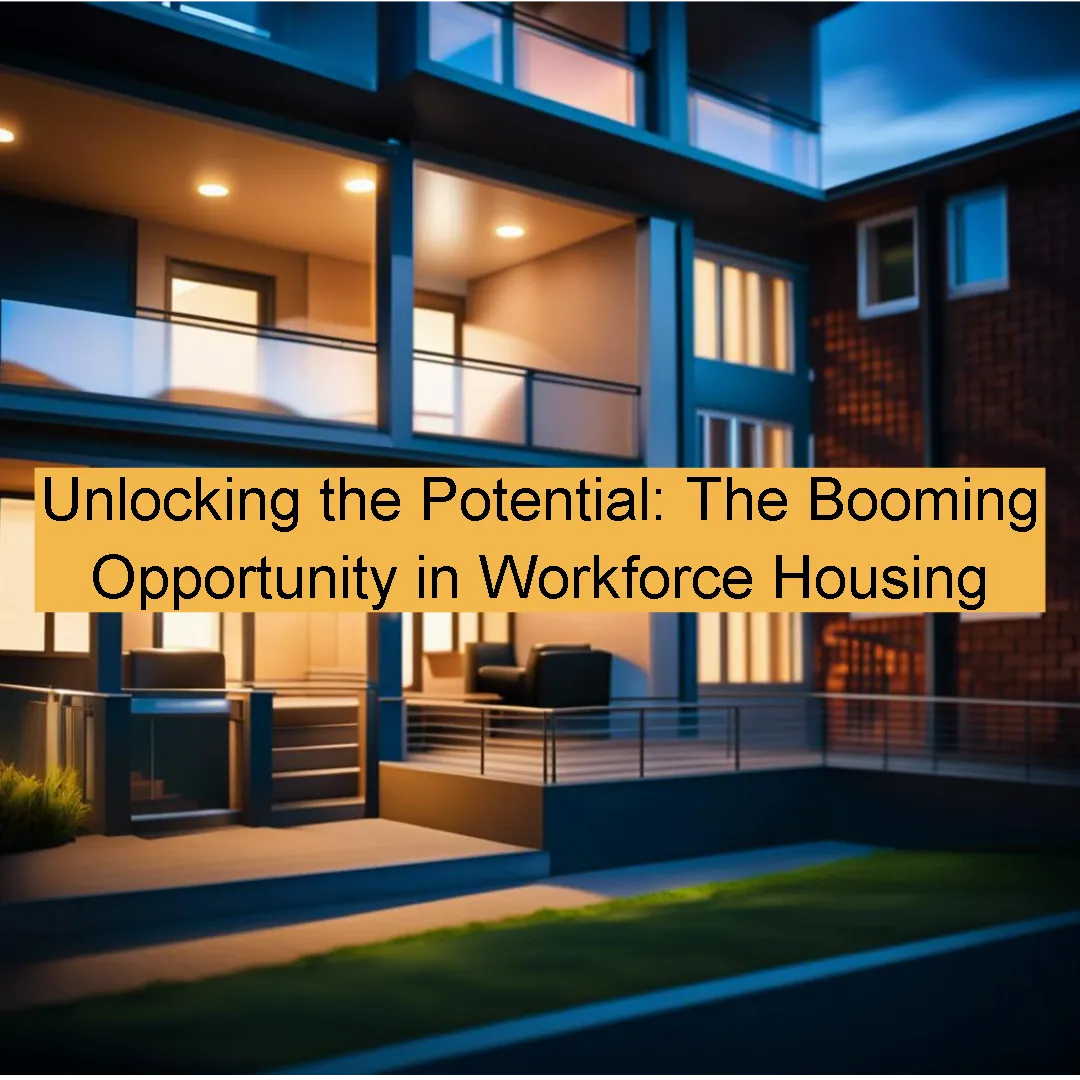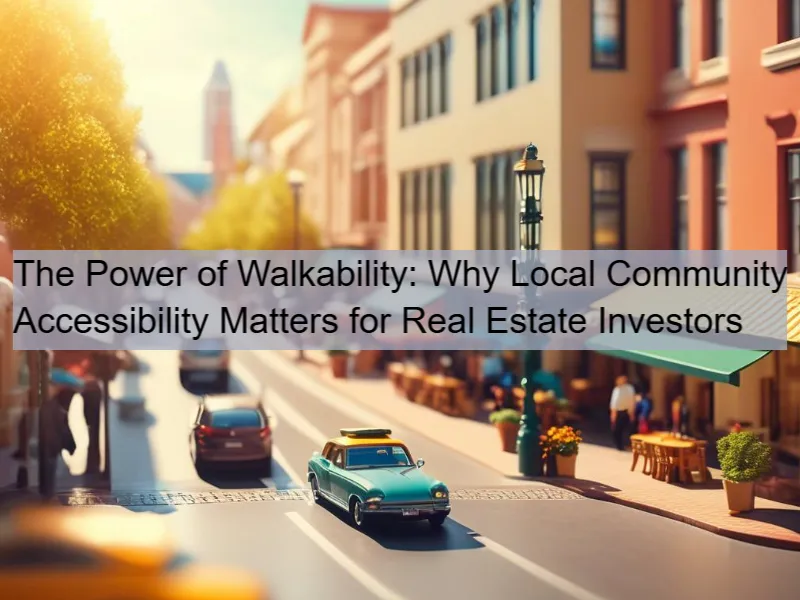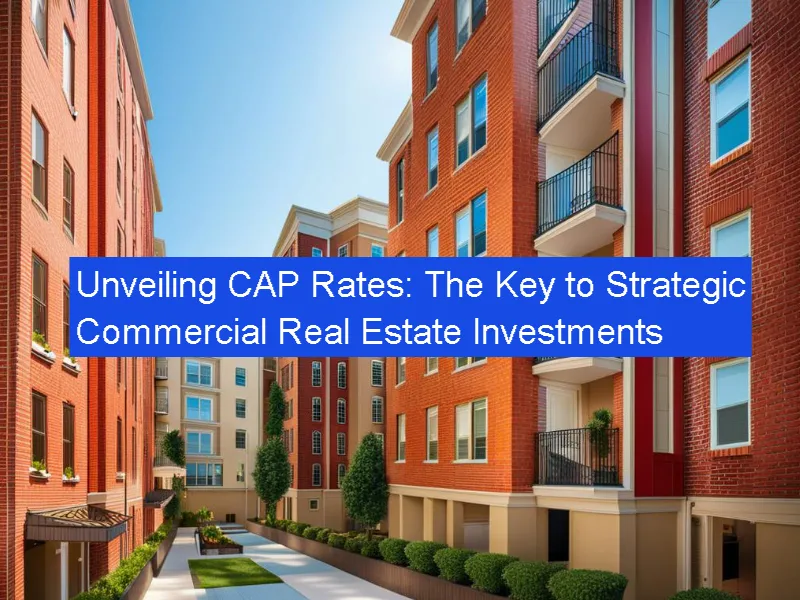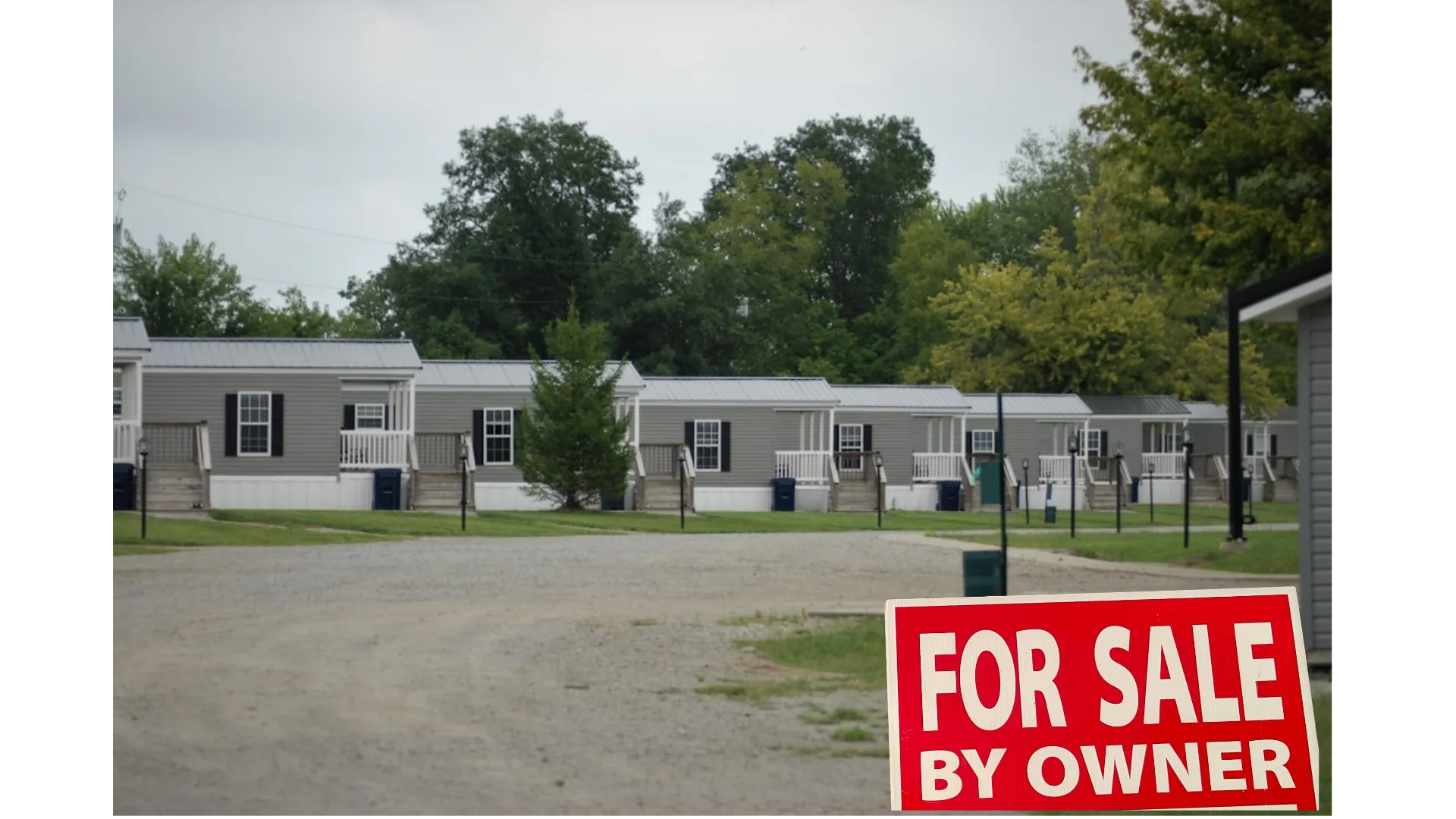Unlocking the Potential: The Booming Opportunity in Workforce Housing

In recent years, the real estate investing landscape has been witnessing a significant shift towards workforce housing.
This sector, catering to essential workers and middle-income families, presents a unique and lucrative opportunity for investors looking to make a positive impact while generating solid returns.
As the demand for affordable housing continues to outpace supply, savvy investors are capitalizing on this underserved market segment.
Understanding Workforce Housing
Workforce housing, often referred to as affordable housing for essential workers, serves as a critical component of a thriving community.
From teachers and nurses to service industry employees, there is a growing need for safe and affordable housing options for individuals who form the backbone of our society.
Investing in this segment not only provides stable returns but also contributes to the overall well-being of a community.
The Opportunity in Workforce Housing
The lack of affordable housing has reached a crisis point in many parts of the country, creating a pressing need for investment in workforce housing solutions.
This unmet demand presents a massive opportunity for real estate investors to fill the gap while addressing a critical social issue.
By aligning financial goals with social impact, investors can create a win-win scenario that delivers both financial returns and positive community outcomes.
Government Support and Collaboration

Government officials at the local, state, and federal levels are increasingly recognizing the importance of workforce housing and are actively seeking partnerships with investors to address this pressing issue.
By working together to navigate zoning regulations and building codes, these collaborations are paving the way for innovative solutions that increase the supply of affordable housing while maintaining quality and sustainability.
In a recent statement, Mayor Martinez of Springfield, Ohio emphasized the significance of public-private partnerships in expanding workforce housing options:
"We are committed to collaborating with investors to develop affordable housing solutions that meet the needs of our workforce. By combining resources and expertise, we can create lasting impact in our community."
Cities Leading the Way in Workforce Housing
- Springfield, Ohio: With a diverse economy and a strong workforce, Springfield has prioritized workforce housing as a key element of its urban development strategy. By offering incentives to developers and streamlining approval processes, the city is attracting investments in affordable housing projects aimed at essential workers.
- Rivertown, Michigan: Situated along the banks of a scenic river, Rivertown has emerged as a model for workforce housing innovation. Through collaborations with local investors and government agencies, the city has implemented creative solutions to address housing needs while revitalizing underutilized areas.
- Lakeside City, Florida: Nestled near the shimmering shores of a picturesque lake, Lakeside City has taken proactive steps to promote workforce housing opportunities. By providing tax incentives and regulatory support, the city has created an investor-friendly environment for affordable housing projects benefiting residents and investors alike.
Central Florida's Commitment to Workforce Housing
Central Florida, known for its vibrant communities and economic vitality, is actively pursuing initiatives to address the demand for affordable housing.
Cities and towns in the region, including Rivertown and Lakeside City, are at the forefront of workforce housing innovation, ensuring that essential workers have access to quality housing options through strategic partnerships and forward-thinking development plans.
As the need for workforce housing continues to rise, investors have a prime opportunity to make a meaningful impact while reaping financial rewards.
By aligning financial goals with social responsibility, real estate investors can contribute to community well-being and shape a more inclusive and sustainable future.































